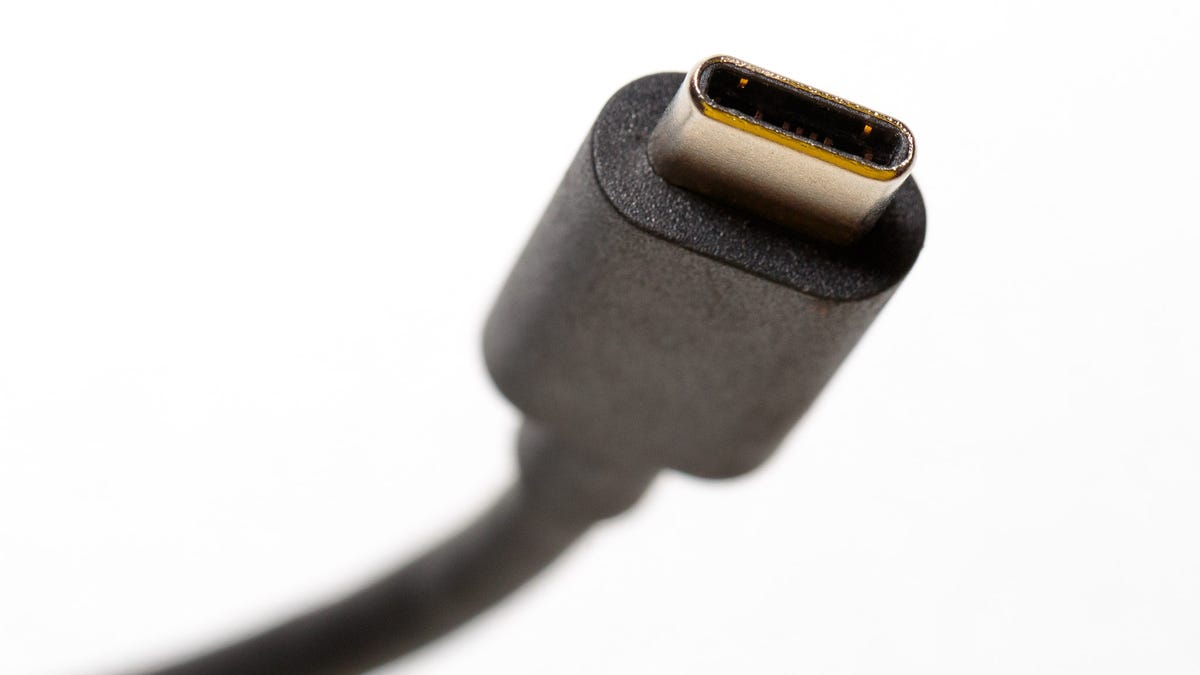Samsung's Galaxy Note 7 anoints USB-C as the king of ports
The biggest phone maker is no longer standing on the sidelines in a technology transition that should make all your devices easier to use.
There's no turning back now for USB Type-C.
Samsung has embraced the new data and charging port for its Galaxy Note 7, announced Tuesday as the latest model in a lineage of high-end stylus-equipped phones. It's not the first phone maker to embrace USB Type-C, but with 24 percent of the first quarter's 349 million phone market, it's the most powerful.
Expect USB Type-C to spread to the company's other higher-end phones, like next year's sequel to the flagship Galaxy S7, according to Justin Denison, senior vice president of product planning and marketing for Samsung's US business.
It's not yet clear how fast USB Type-C will spread to midrange and low-end phones -- Samsung isn't saying yet. But Samsung's move cements the standard as the way to plug a high-end Android-powered phone into a charger or connect it to a laptop for syncing files.
Samsung jumping on the bandwagon pushes the new port, also called USB-C for short, into the limelight. Once adoption picks up, USB-C can greatly simplify the mess of cables in your life. For one thing, its connector is reversible, so there's no fiddling around trying to figure out which way is up. For another, it can be used to power laptops like Apple's ultralight MacBook and other devices like external hard drives. And it makes it easier to finally move beyond phones that can transfer data only with a slow 15-year-old version of the USB technology.
USB-C has spread to several phones over the last year, but those models are rarities compared to Samsung's products. Among them are Google's Nexus 6P and 5X, the LG G5, the OnePlus 3, Microsoft's Lumia 950 and the HTC 10.
Samsung picked USB-C for its easier reversible cable and for its enablement of fast data rates -- 5 gigabits per second, about 10 times the rate older-style USB ports accommodate.
The Universal Serial Bus standard has been a stellar success over its 20 years of existence. It started as a way to plug keyboards, printers and external hard drives into PCs, then expanded to things like digital cameras and thumb drives.
Apple is the sole holdout, preferring first its 30-pin connector when it introduced its iPhone in 2007 and now using its Lightning port. But at the other end of Apple's cables, where you plug them into your laptop or charger, there's a USB connector.
Unfortunately, USB Type-C is new and still a bit of a mess. You can't count on device makers to enable all its advantages. Samsung doesn't support video, Google's Nexus 6P and 5X phones transfer data only at the old 480Mbps speed. Check product spec sheets if a particular feature is important to you.
Another hiccup brought to light by Google's Benson Leung: some subpar USB-C cables and charging equipment don't work properly. And, during the transition to USB-C, you'll need even more cables and adapters to support old-style and new-style devices and ports.
But in the long run, USB-C promises simplicity by unifying ports across PCs and phones. USB-C is helping USB become more capable, and now Samsung is helping encourage the transition.


